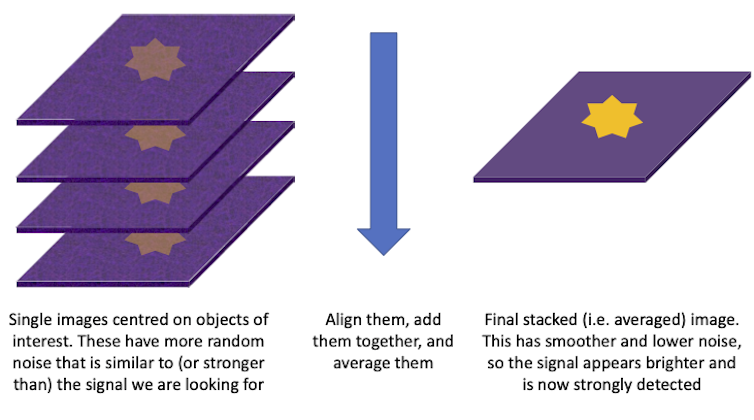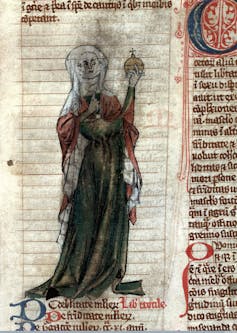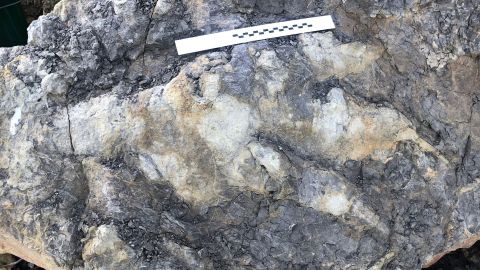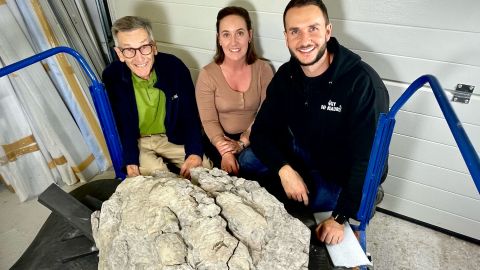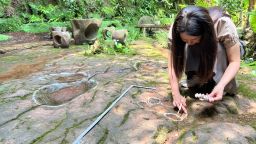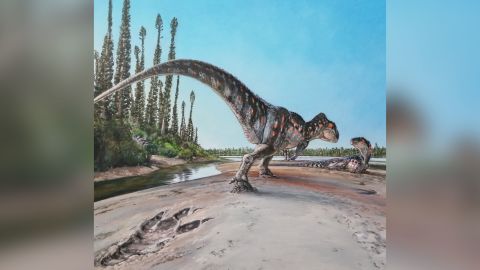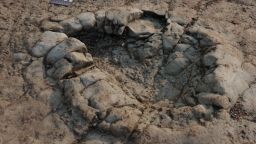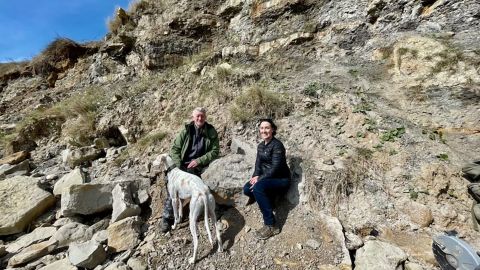The 15-member council is likely to vote on Monday on the text, drafted by the United Arab Emirates in coordination with the Palestinians, diplomats said

The United Nations Security Council in January.
Credit: TIMOTHY A. CLARY - AFP
Jonathan LisReuters
Feb 16, 2023
The United Nations Security Council is considering a draft resolution, seen by Reuters on Wednesday, that would demand Israel “immediately and completely cease all settlement activities in the occupied Palestinian territory.”
The 15-member council is likely to vote on Monday on the text, drafted by the United Arab Emirates in coordination with the Palestinians, diplomats said.
Israeli Prime Minister Benjamin Netanyahu’s government on Sunday authorized nine Jewish settler outposts in the occupied West Bank and announced mass construction of new homes in established settlements, prompting U.S. Secretary of State Antony Blinken to say he was “deeply troubled.”
In a statement issued along with the foreign ministers of France, Germany, Italy and the United Kingdom, Blinken wrote that “We are deeply troubled by the Israeli government’s announcement that it is advancing nearly 10,000 settlement units and intends to begin a process to normalize nine outposts that were previously deemed illegal under Israeli law. We strongly oppose these unilateral actions which will only serve to exacerbate tensions between Israelis and Palestinians and undermine efforts to achieve a negotiated two-state solution.”

The West Bank outpost of Avigail, in the South Hebron Hills, one of nine outposts retroactively legalized by the government on Sunday.
Jonathan LisReuters
Feb 16, 2023
The United Nations Security Council is considering a draft resolution, seen by Reuters on Wednesday, that would demand Israel “immediately and completely cease all settlement activities in the occupied Palestinian territory.”
The 15-member council is likely to vote on Monday on the text, drafted by the United Arab Emirates in coordination with the Palestinians, diplomats said.
Israeli Prime Minister Benjamin Netanyahu’s government on Sunday authorized nine Jewish settler outposts in the occupied West Bank and announced mass construction of new homes in established settlements, prompting U.S. Secretary of State Antony Blinken to say he was “deeply troubled.”
In a statement issued along with the foreign ministers of France, Germany, Italy and the United Kingdom, Blinken wrote that “We are deeply troubled by the Israeli government’s announcement that it is advancing nearly 10,000 settlement units and intends to begin a process to normalize nine outposts that were previously deemed illegal under Israeli law. We strongly oppose these unilateral actions which will only serve to exacerbate tensions between Israelis and Palestinians and undermine efforts to achieve a negotiated two-state solution.”

The West Bank outpost of Avigail, in the South Hebron Hills, one of nine outposts retroactively legalized by the government on Sunday.
Credit: Tomer Appelbaum
In December 2016 the Security Council demanded Israel stop building the settlements. It adopted a resolution after U.S. President Barack Obama’s administration abstained, a reversal of its practice to protect Israel from UN action.
The U.S. mission to the United Nations and Israel’s UN mission did not immediately respond to requests for comment on the draft resolution.
In December 2016 the Security Council demanded Israel stop building the settlements. It adopted a resolution after U.S. President Barack Obama’s administration abstained, a reversal of its practice to protect Israel from UN action.
The U.S. mission to the United Nations and Israel’s UN mission did not immediately respond to requests for comment on the draft resolution.
U.S., European Union slam Israel’s moves to legalize West Bank outposts
The text “reaffirms that the establishment by Israel of settlements in the Palestinian territory occupied since 1967, including East Jerusalem, has no legal validity and constitutes a flagrant violation under international law.”
It also condemns all attempts at annexation, including decisions and measures by Israel regarding settlements.

